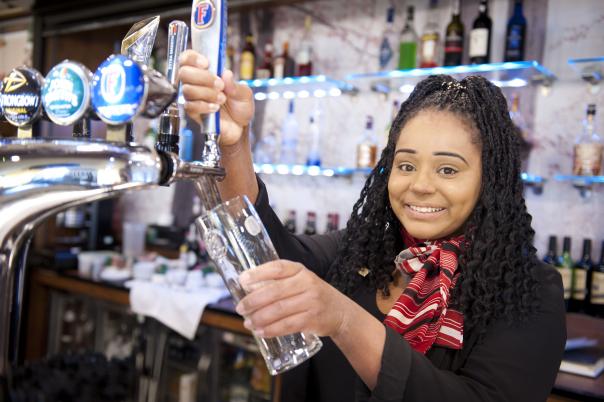
Growth in ‘eating out’ is driven by pubs, up 45% in terms of visits, while restaurants are in decline (down 7%), sandwich shops (down 11%), coffee shops/cafes (down 6%), and fast food & takeaway (down 22%).
The value of sales is up 30% over the same period, though that figure drops to 15% based on comparison with 2021 of the 12-week period ending October 3rd.
The data comes from wholesale specialist TWC Group, in partnership with food-to-go and out-of-home tracking programme MealTrak.
Tom Fender, development director at TWC, said: “For the 12-week ending period to 3 October 2022, when compared with the same period in 2021, food-to-go occasions experienced a small decrease of 1%, although due to inflation, value sales increased by around 13% over the same time frame.
“As you’d expect in an inflationary market, ‘value’ growth remains significantly ahead of ‘occasions’ growth.
“The multiple retailers appear to have the right strategy for the current climate, reflected in their continued outperformance of the market - 26% growth in occasions and 48% in value terms for the latest 12-week period.
“Conversely, the decline in foodservice food-to-go outlets such as sandwich and speciality shops; coffee shops and cafes; and fast food and takeaways continues in both occasions and in real terms also in value, with the small value growth hiding the effect of inflation on these figures.”
“As we continue to see an increase in consumer needs for something that’s not too expensive (27%) and something that’s also quick and easy to eat (19%), those with agile plans in place to react and provide exceptional value will do well at this moment in time.
“Meanwhile, ‘treats’ are in decline, which somewhat goes against the much cited ‘lipstick effect’ during times of economic hardship.”